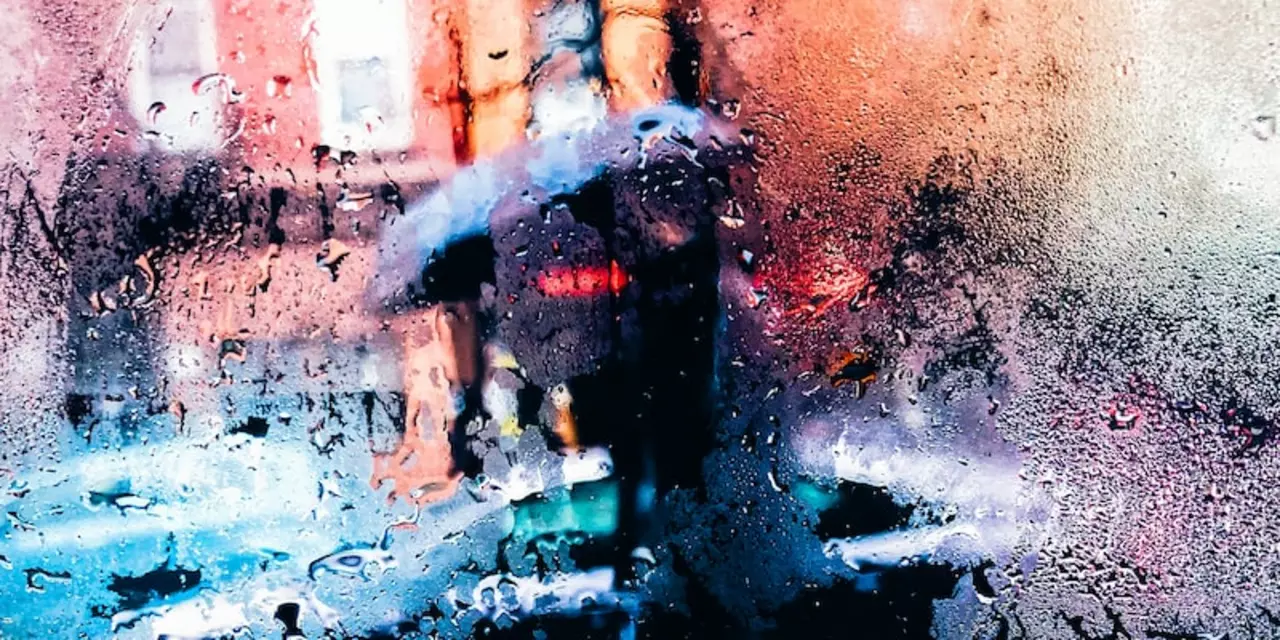Kangaroo Leather in Soccer: What You Need to Know
Ever wonder why some players swear by boots made from kangaroo leather? It’s not just a fancy name – the material actually does a lot for your game. It’s lighter than traditional cowhide, so it lets you move faster. It also stretches nicely, hugging your foot for a perfect fit that feels like a second skin. Below we’ll break down the real advantages and show you how to look after the gear so it lasts season after season.
Why Players Love Kangaroo Leather
Kangaroo leather is super lightweight. That means each step feels less heavy, which can shave valuable seconds off your sprint. The thinness of the hide doesn’t mean it’s weak; the fibers run at an angle that gives the material incredible tensile strength. In plain English, the leather can handle harsh tackles without tearing.
Another win is the natural flexibility. When you break in a pair of boots, they mold to the shape of your foot. Kangaroo leather does this faster than most leathers, so you spend less time with sore spots and more time on the pitch. Players also notice better ball control because the softer surface lets the ball sit nicely on the foot, giving you more touch.
Lastly, the look. The texture of kangaroo leather has a unique grain that ages beautifully. Over time it develops a patina that many fans and players find stylish. It’s not just about performance; it’s also a statement of quality.
Caring for Kangaroo Leather Gear
To keep your boots or ball in top condition, start with a gentle clean. Use a soft damp cloth and a tiny bit of leather‑friendly soap. Avoid soaking the leather – too much water can shrink it. After cleaning, let it air‑dry away from direct heat or sunlight. A fan or a room‑temperature spot works best.
Conditioning is next. A light leather conditioner will restore oils lost during play and keep the material supple. Apply a small amount with a cloth, rub it in, and wipe off excess. Do this every few weeks, or after a heavy rain game.
Finally, store your gear right. Keep boots in a cool, dry place and stuff them with newspaper or a shoe tree to maintain shape. For balls, place them in a breathable bag rather than a plastic container. These simple steps will let the leather stay light, flexible, and ready for the next match.
Bottom line: kangaroo leather isn’t just a marketing gimmick. Its light weight, strength, and quick break‑in period give you real on‑field benefits. Treat it with basic cleaning, conditioning, and proper storage, and you’ll enjoy a pair of boots or a ball that performs far longer than the average gear. Give it a try, and you might notice the difference in the very next game.
